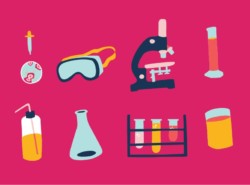
Micro-palpation: translating touch to the micro-scale to guide breast-conserving surgery
Published: 10/9/19 1:48 AM
Brendan Kennedy
In breast cancer surgery, it is vitally important to accurately remove the entire tumour and, also, to minimise removal of normal tissue to preserve cosmesis. Current tools are severely limited in their ability to detect microscopic regions of tumour during the surgery. Consequently, in more than one quarter of breast-conserving surgeries, additional surgery is required because histological analysis after the surgery indicated that small traces of tumour had been missed. This has traumatic consequences for patients and places a significant economic burden on healthcare systems. To reduce the unacceptably high number of re-excisions, new intraoperative techniques are needed.
In this project, we will develop an innovative technique, micro-palpation, which will provide microscopic images indicating how hard or soft tissue is, during the surgery. As tumour is typically stiffer than surrounding healthy tissue, this technology has the potential to provide high resolution images identifying cancerous tissue. Micro-palpation enhances the sense of touch (manual palpation) using optical imaging. In micro-palpation, tissue stiffness is determined by measuring deformation introduced to a silicone layer placed on the tissue surface.
The project will be implemented by a multidisciplinary research team involving engineers, surgeons and pathologists. Within the scope of this project, the team will develop the world’s first micro-palpation system and determine the accuracy of this technology in identifying tumour, validated against gold standard histology. Micro-palpation may enable the surgeon to detect small regions of tumour and has the potential to dramatically improve the accuracy of breast surgery.